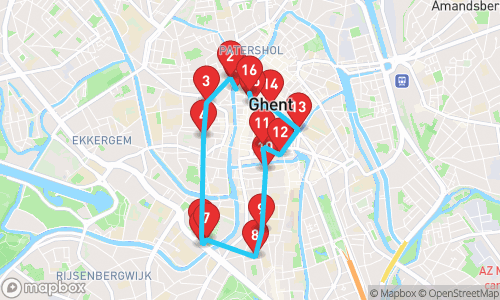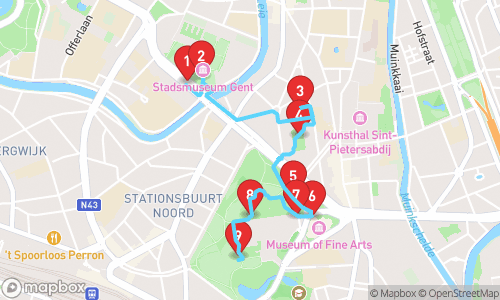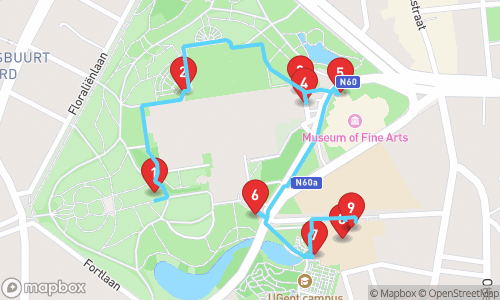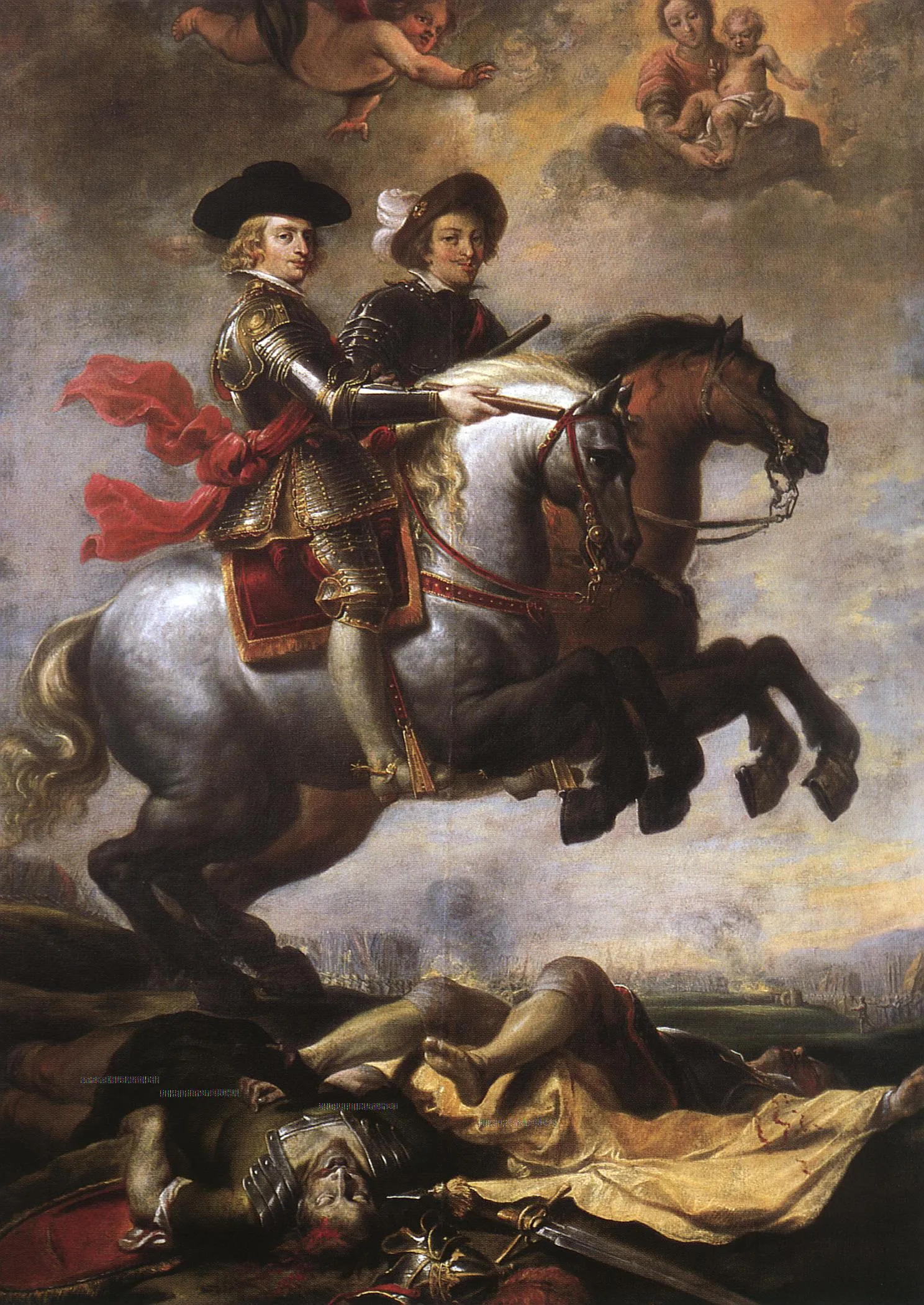
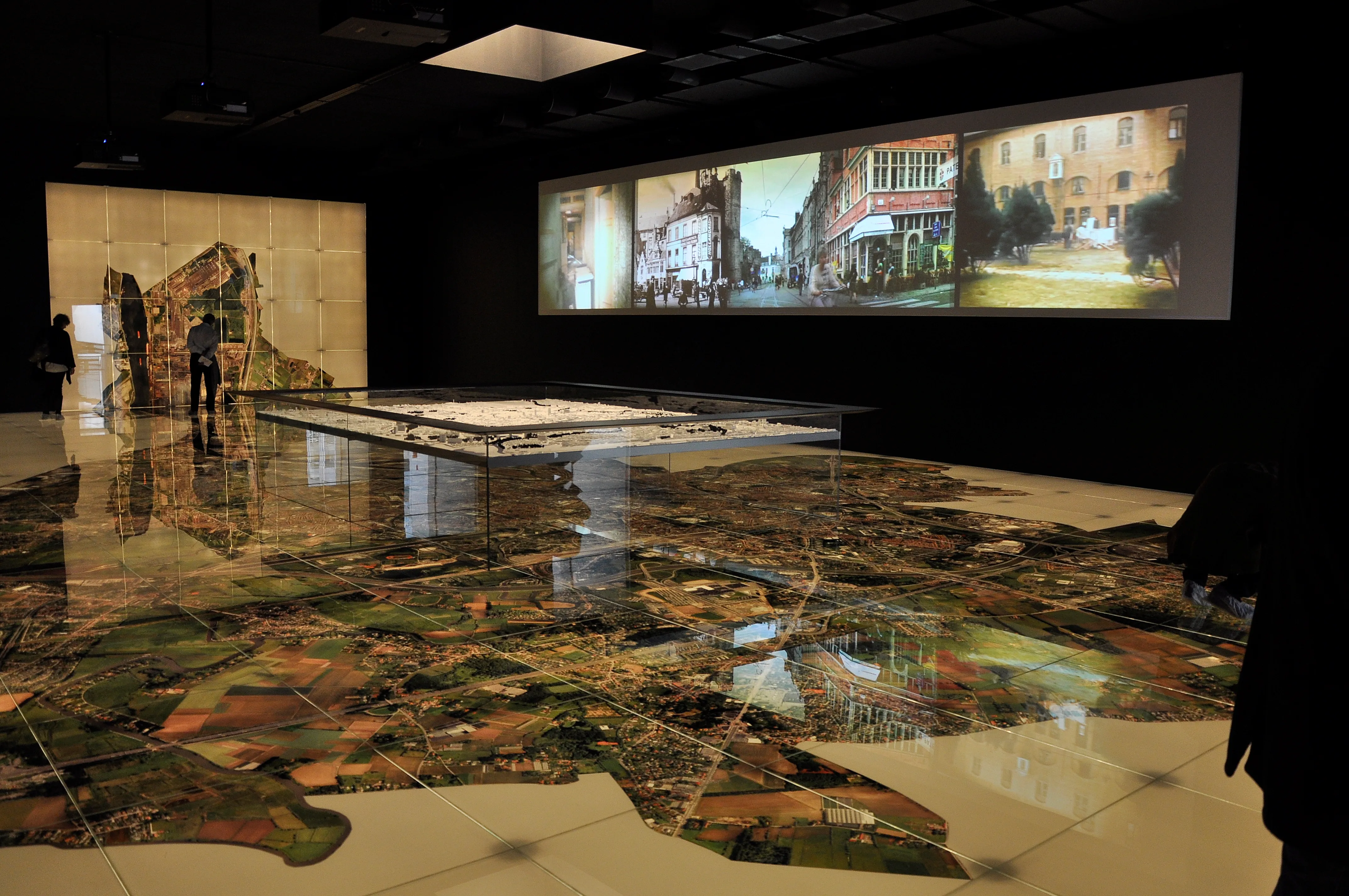
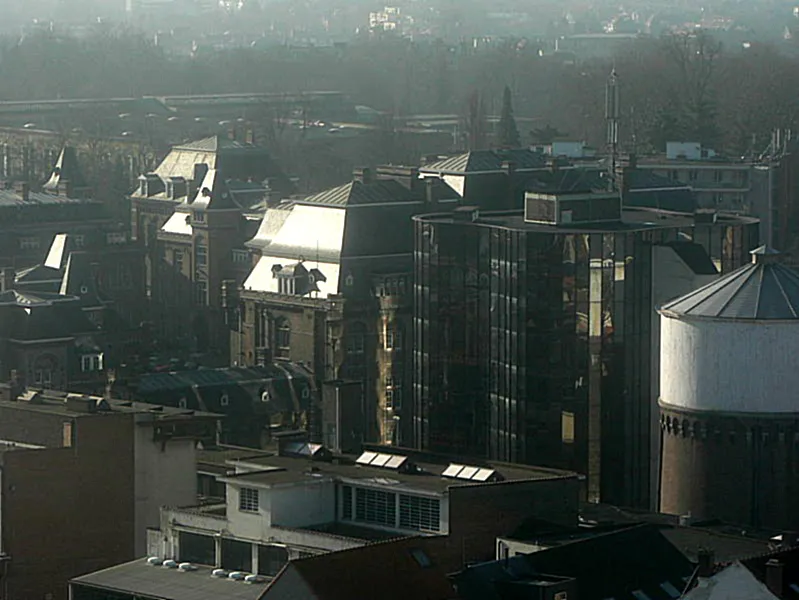
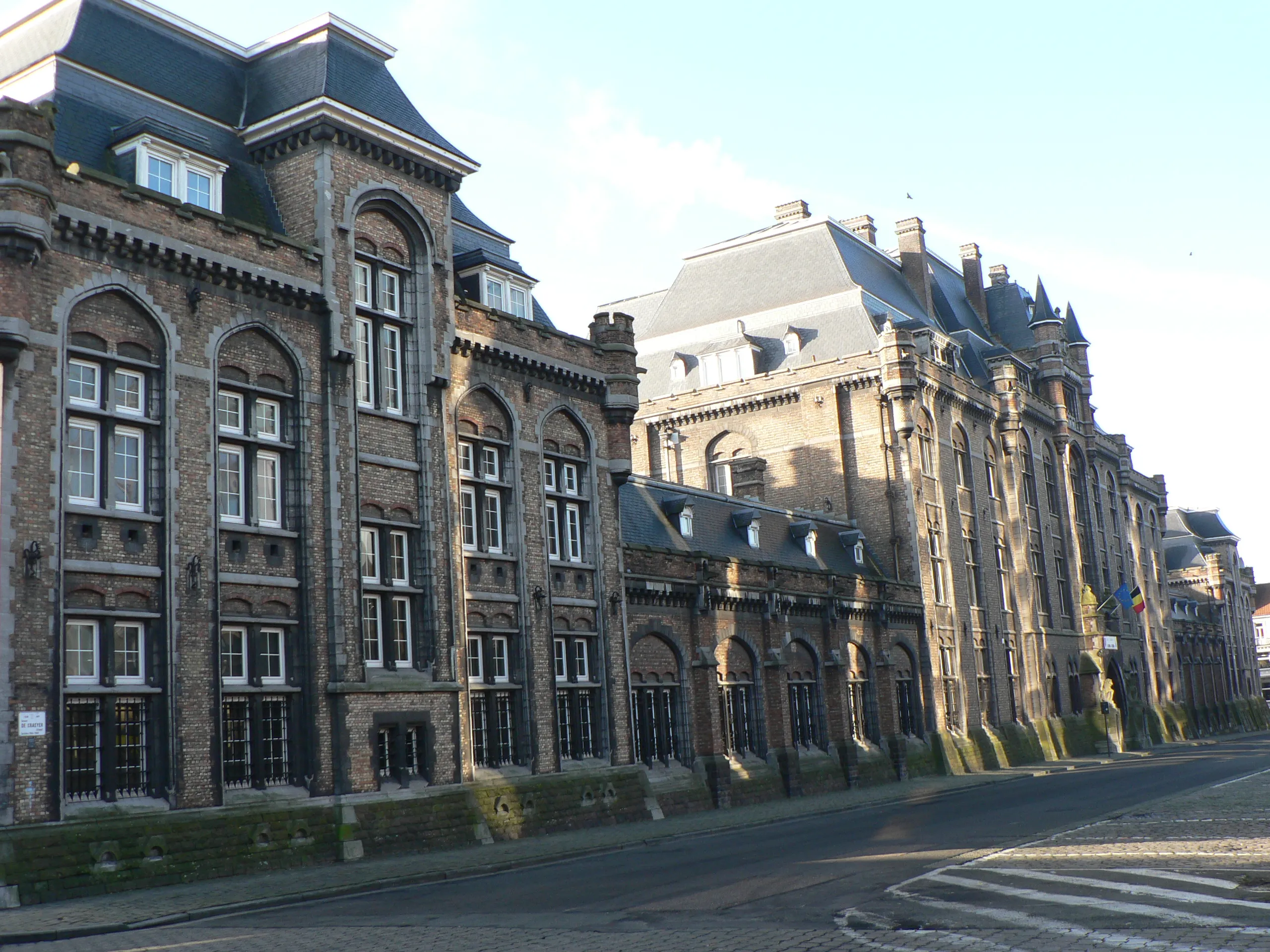
Ghent Unveiled: A Kanye West Experience
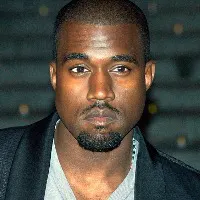
Tour Guide
Kanye West
Welcome to Gent! On this GPS guided audio tour, we will visit 9 stops on a route of 2.96km. This tour focusses mainly on general tourism.
Locatello is an app where you can generate personal audio guided tours. Set your preferred distance, guide, language and theme, and a guided tour is created on the spot.
Walking Time
Distance
stops
Language
Tour Stops

Oudheidkundig Museum

STAM Ghent City Museum
A museum showcasing the history of Ghent, featuring a mix of heritage and modern elements, with a main circuit offering a multimedia introduction to the city's past, present, and future.

Water tower Kattenberg, Ghent
A Water Tower, built in 1881, features two brick structures with a capacity of 1000 cubic meters each, one with an original wooden tank and the other with a steel replacement from 1973.

Leopoldskazerne
A former military barracks, Leopoldskazerne was built between 1890 and 1905 and designed in eclectic style. The complex has undergone various transformations since, including serving as a hospital during World War II and housing the Koninklijke School van de Medische Dienst until 2007.
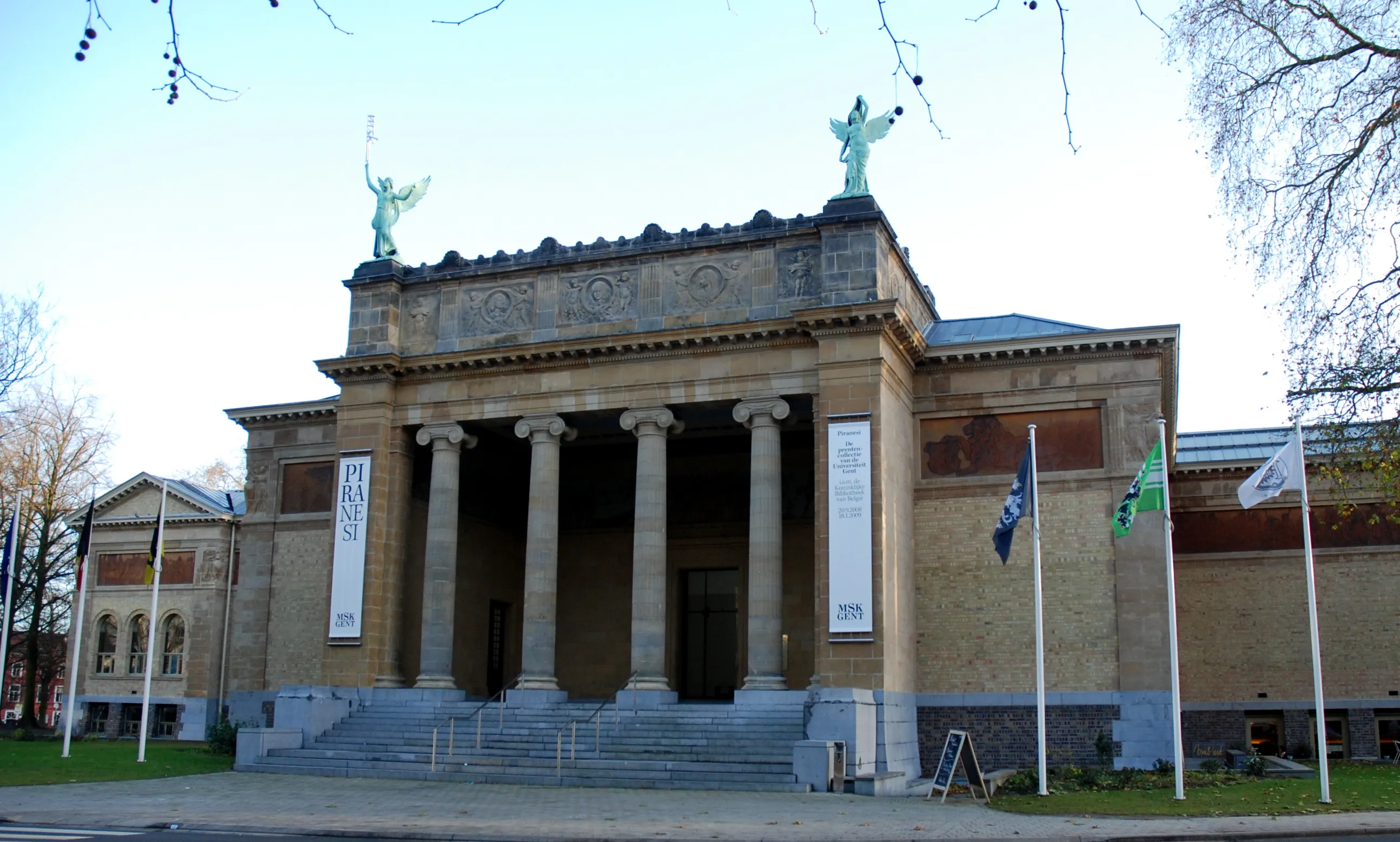
Museum of Fine Arts Ghent (MSK)
A museum showcasing a collection of over 9,000 artworks, with a focus on Flemish art and European paintings, featuring works by prominent artists such as Hieronymus Bosch, Pieter Brueghel, and Peter Paul Rubens.
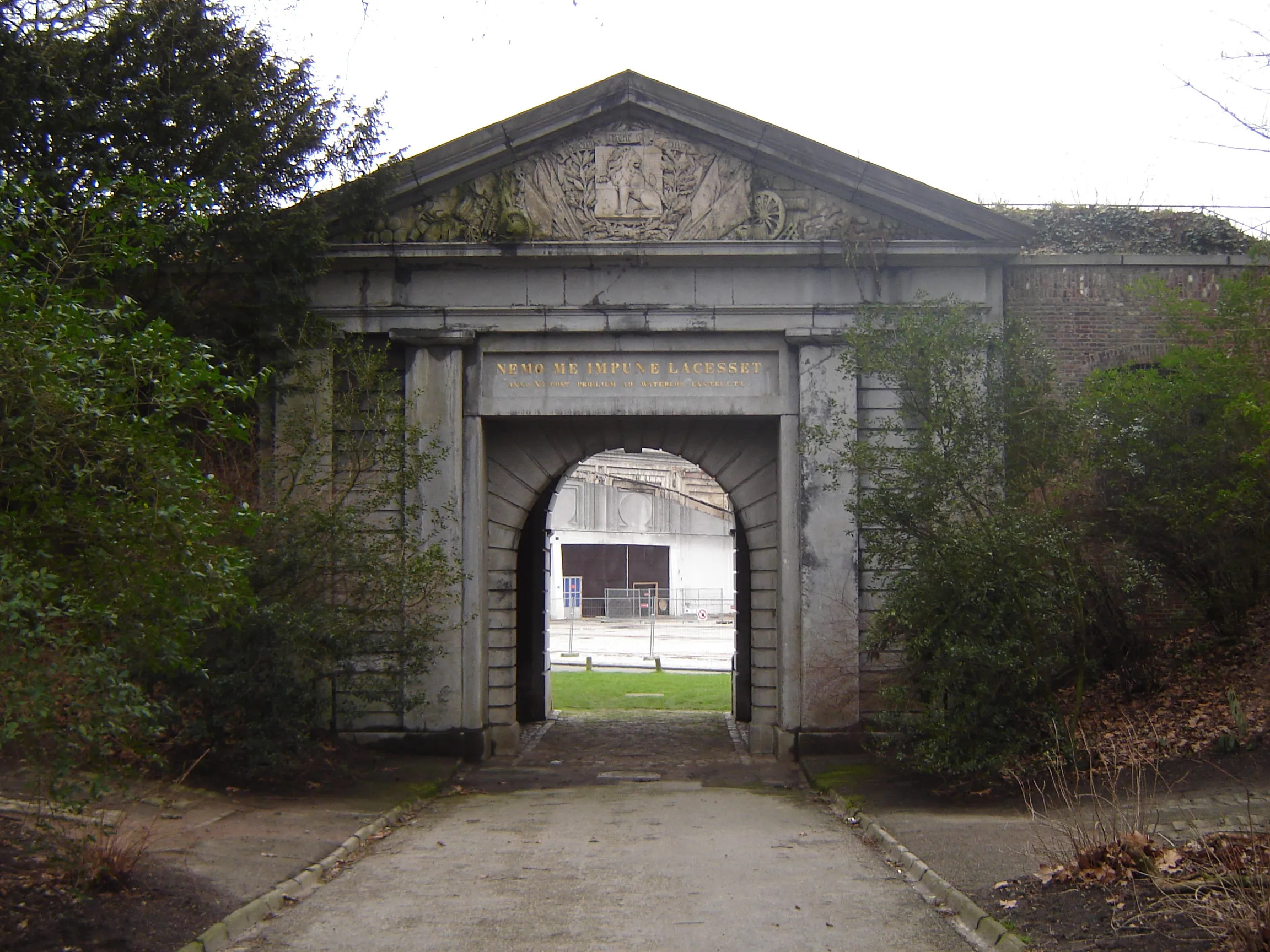
Citadel of Ghent
A citadel built between 1819 and 1831 on the site of the former Montereyfort, serving as a fortification on the southern border of the United Kingdom of the Netherlands and eventually modified to serve as an infantry and artillery barrack.
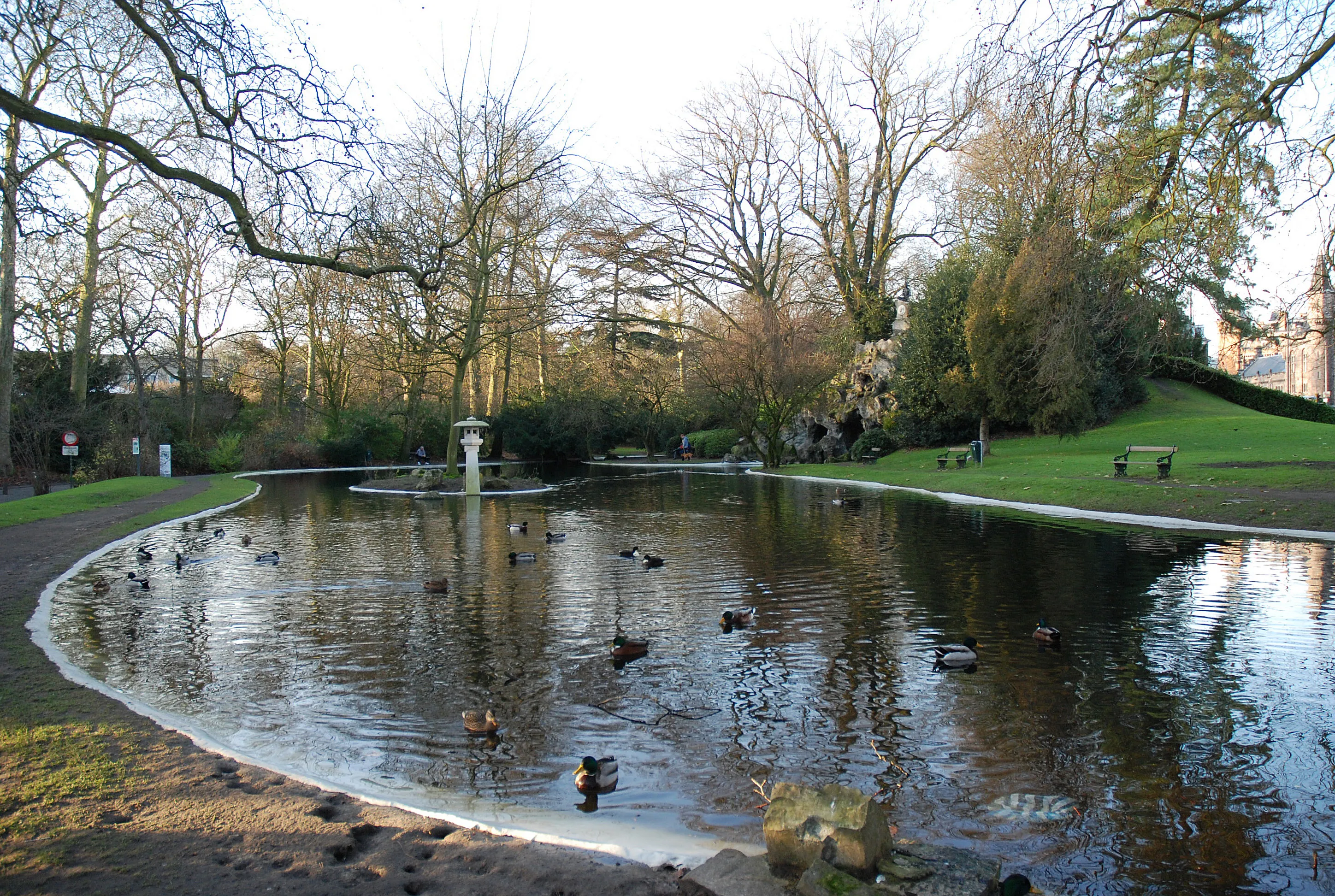
Citadelpark
A park created in 1875 on the site of the former Hollandse citadel, with remnants of the citadel, a variety of trees, and several buildings hosting museums, an art palace, a velodrome, and a music kiosk.
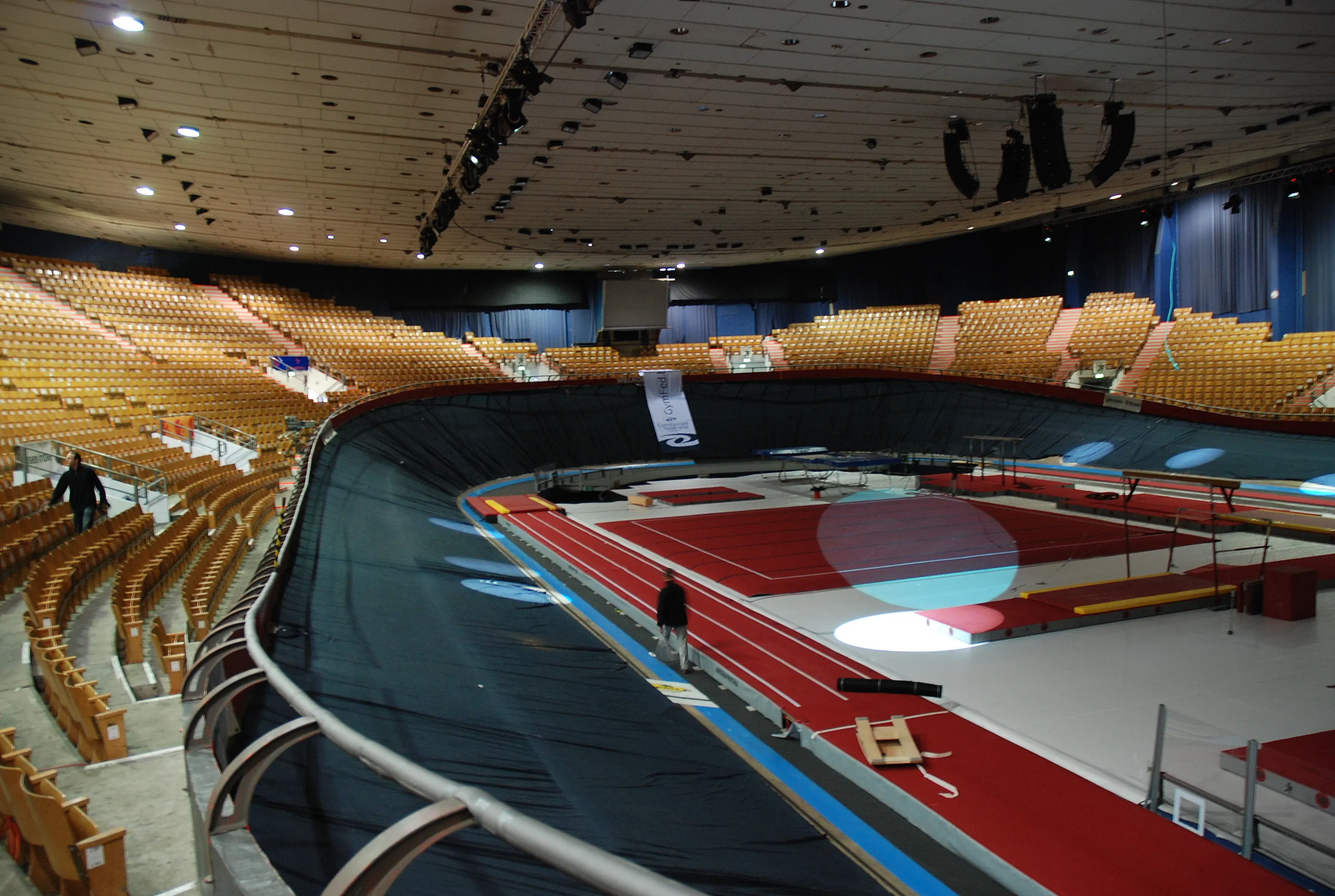
Kuipke
A historical indoor velodrome built in 1927, renovated after a fire in 1965, and best known for hosting the Six Days of Ghent, an annual cycling event. It also serves as an event hall for concerts and occasional basketball games.
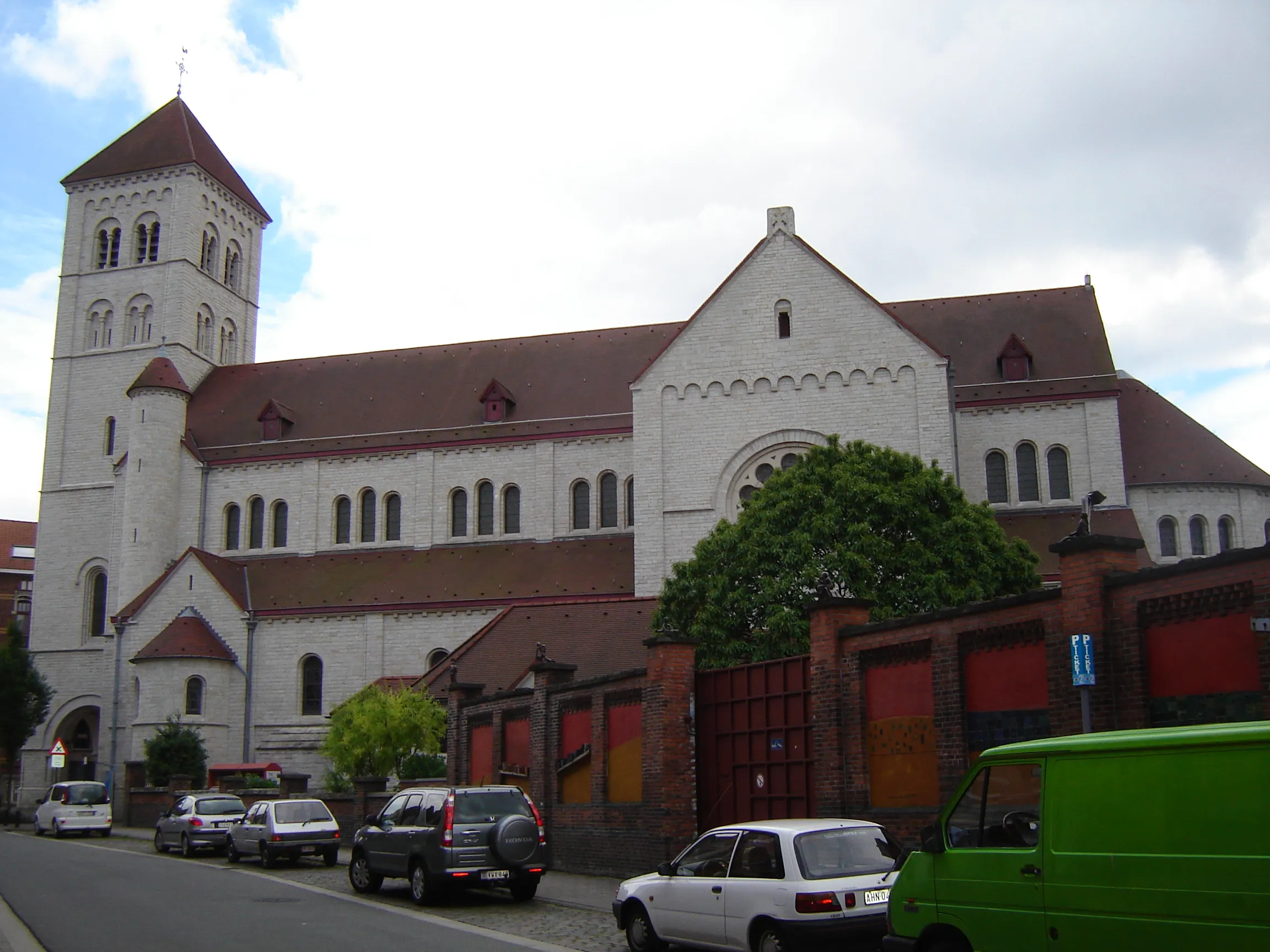
Sint-Pauluskerk
A Neo-Romanesque cruciform church, built in sandstone, with characteristic elements such as round arches, round arch friezes, twin lights, and taper capitals, and a narthex typical of early Christian and Byzantine churches. Inaugurated in 1930, designed by architect Henri Valcke, and listed as a monument in 2003.
Audio Preview
30 secDownload App
Experience this tour and many more with our mobile app. Available for iOS and Android.
Audio Preview
Tour Map
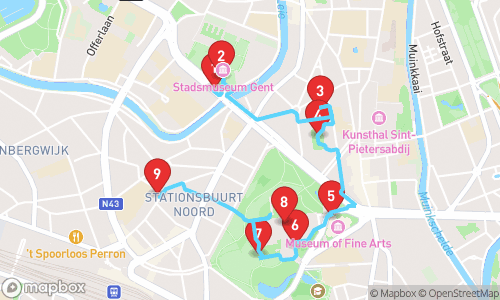
Quick Facts
- ✓GPS-guided navigation
- ✓Professional audio narration
- ✓Offline maps available
- ✓Premium content included
Why Choose This Tour
Expert Local Guide
Narrated by Jenny Multilingual, specializing in general tourism
Flexible Timing
Take the tour at your own pace, any time of day
